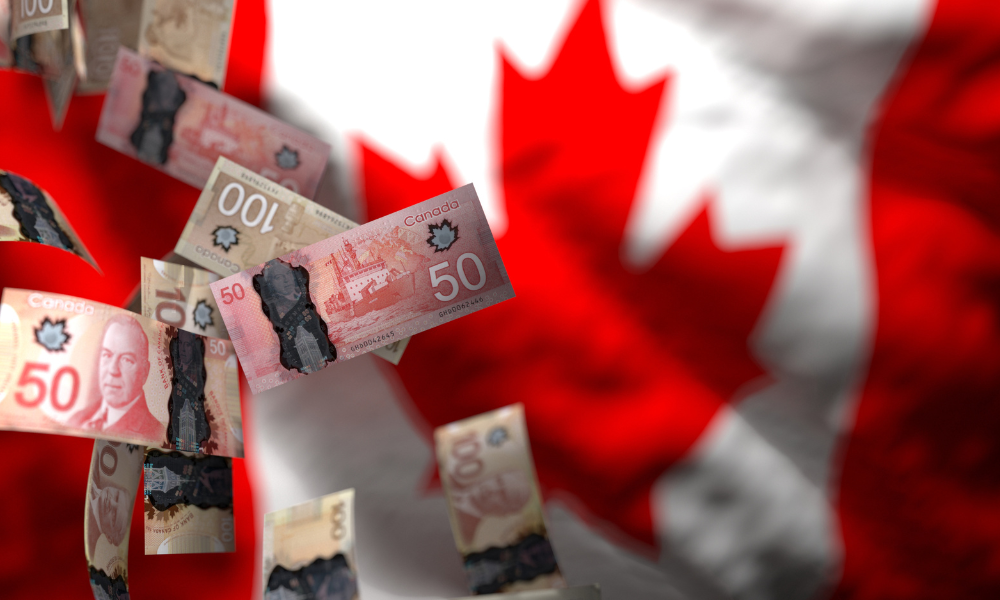Trade tensions and weak growth outlook weigh on economy's prospects

As global recession concerns mount, Canada is likely to see at least two more interest rate cuts this year, economists say, in response to persistent economic headwinds driven largely by ongoing trade tensions between the United States and China.
In a recent Reuters poll conducted from April 7 to 11, just over half of surveyed economists—15 out of 29—forecasted two additional rate reductions by the Bank of Canada (BoC) by the end of the third quarter. Such moves would bring the key policy rate down to 2.25%, the lower limit of what the BoC considers a “neutral” rate.
The shift in outlook reflects growing concern that the Canadian economy, heavily reliant on US trade, is increasingly vulnerable to global instability, Reuters noted. “Trade policies in place are sufficient to subtract about a percentage point from Canadian growth,” said Andrew Kelvin, head of Canadian and global rates strategy at TD Securities. He added that the BoC would likely pause in April before easing again as economic uncertainty lingers.
The poll revised Canadian growth forecasts sharply downward. Economists now expect GDP growth of 1.2% in 2025 and 1.1% in 2026, compared to 1.7% and 1.6% predicted just a month earlier. A few respondents warned the country could enter recession this year.
Canada’s economic exposure is particularly acute, with roughly 80% of exports destined for the US. The White House’s recent decision to pause some tariffs—excluding China—has done little to alleviate market concern. Tariffs on Canadian auto parts, steel, and aluminum remain in effect.
Meanwhile, the Bank of Canada is navigating a complex landscape. Although inflation rose to 2.6% in February—above the Bank’s mid-range target—weak labour market performance and declining consumer and business sentiment have increased pressure for further rate cuts.
Just over 60% of economists polled expect the BoC to hold its overnight rate steady at 2.75% when it meets on April 16. The remainder anticipate a 25-basis point cut.
According to the central bank, US tariffs have had a negative impact on Canadian business sentiment, with more than 60% of surveyed economists describing the effect as “very negative.” Inflation, although above target, is projected to ease slightly to 2.4% in 2025 and 2.1% in 2026.
Interest rate futures currently price in around 40 basis points of cuts by year end, signalling that financial markets are aligned with growing recession fears.
What do you think the Bank of Canada should do next? Share your insights below.



